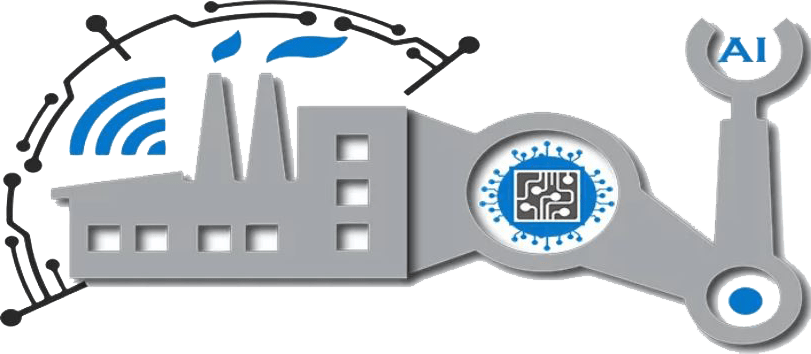Industry 5.0 Digital Transformation: Orchestrating the Future of Smart Manufacturing
Abstract:
The emergence of Industry 5.0 signifies a profound shift in manufacturing paradigms, characterized by the integration of digital technologies into every facet of industrial processes. This paper explores the intricate landscape of Industry 5.0 digital transformation, examining the key technological enablers, challenges, and the transformative impact on manufacturing ecosystems.
1. Introduction:
Industry 5.0 marks the culmination of the ongoing digital transformation in manufacturing, emphasizing the convergence of cyber-physical systems, the Internet of Things (IoT), and artificial intelligence. This paradigm seeks to redefine manufacturing as a highly interconnected, adaptive, and intelligent ecosystem.
2. Technological Enablers of Industry 5.0:
a. Internet of Things (IoT): The proliferation of IoT devices forms the foundation of Industry 5.0, fostering real-time data exchange and connectivity among machines, sensors, and production systems.
b. Artificial Intelligence (AI): AI algorithms contribute to intelligent decision-making, predictive analytics, and adaptive automation, enabling manufacturing systems to learn, optimize, and respond dynamically to changing conditions.
c. Advanced Robotics: Industry 5.0 embraces collaborative and autonomous robotics, enhancing efficiency, precision, and flexibility in manufacturing processes. Human-machine collaboration becomes a cornerstone of smart manufacturing.
3. Digital Twin Technology:
The concept of Digital Twins, virtual replicas of physical assets and processes, becomes integral to Industry 5.0. Real-time simulation, monitoring, and analysis empower manufacturers to optimize operations, predict maintenance needs, and improve overall performance.
4. Challenges and Considerations:
a. Cybersecurity: The increased connectivity in Industry 5.0 raises concerns about cybersecurity. Robust measures are essential to safeguard sensitive data, intellectual property, and the integrity of manufacturing processes.
b. Workforce Skill Transition: The digital transformation necessitates a shift in workforce skills. Continuous training and upskilling programs are crucial to equip employees with the expertise needed to operate and maintain advanced technologies.
5. Future Implications:
Industry 5.0’s digital transformation promises to redefine manufacturing as an agile, data-driven, and customer-centric enterprise. Adaptive production, personalized products, and sustainable practices contribute to a resilient and responsive industrial ecosystem.
6. Human-Centric Manufacturing:
a. Human-Machine Collaboration: Industry 5.0 emphasizes the synergy between human workers and intelligent machines. Collaborative robots, augmented reality interfaces, and smart workstations create a harmonious work environment.
b. Customization and Personalization: Digital transformation enables manufacturers to offer customized products at scale. Customer-centric production processes enhance customer satisfaction and drive innovation.
As Industry 5.0 continues to unfold, the digital transformation of manufacturing becomes a cornerstone of innovation and competitiveness. The seamless integration of digital technologies promises not only enhanced efficiency and productivity but also a paradigm shift in how industries perceive and interact with their production processes.
